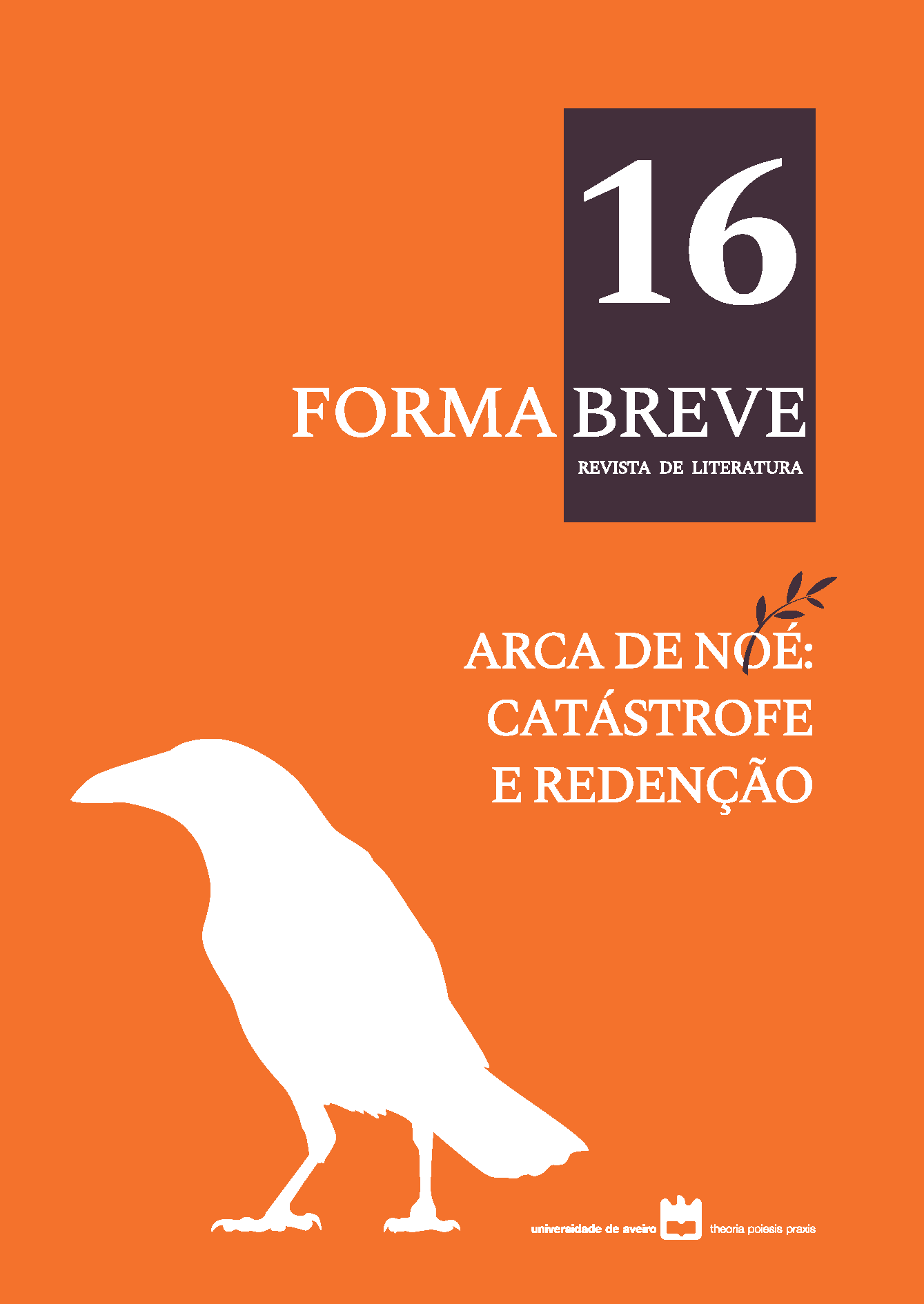An atlas (re) drawn by the appointment event: Mato Grosso and its municipalities of the construction of an ark
Abstract
This work aims to analyze, from enunciative studies, from the Mato Grosso’s county nomination, the semantic movement that builds meanings of the physical and political geography that today describes the ark of Mato Grosso State, representing its socio-historical stratum. We take concepts from Semantics of the Event (Guimarães, 2002), an enunciative theoretical methodological framework and the French Discourse Analysis as a space for reflection that allows us to observe, in a particular way, the continuous process that stratifies the region in what was projected while future latency of what would become a political-administrative ark (unit) in Brazilian territory. Our analyzes take into account the enunciative semantic functioning of county names that, from the first half of the 18th century, began to construct meanings that began to signify the physical-political geography that gave historical existence to the region and, consequently, to Mato Grosso State. In this sense, the enunciative analysis county names functioning allows us to directly look at the constitutive movement of the Mato Grosso atlas entangled by the weaving of events in the nominations of the counties in a continuous movement that designs and redesigns this immense moving ark that passes to signify the territory of Mato Grosso State which, by the notion of discursive memory, resonates with indigenous names as traits that marked a path of nomination. These theoretical positions allow us to take a map as text, that is, they lead us to read it as a statement, a place that produces meanings due to the way the socio-historical narratives that constitute it, meaning the semantization and discursivization process of the textuality proper to its existence as movement constituted in/by language.
Downloads
References
Bosrwdon, B. (1999a). Modos de ver, modos de dizer titulação da pintura e discursividade. Rua. Campinas.
Bosrwdon, B. (1999b). Uma balada em toponímia: da Rua Descartes à Rua de Rennes. Línguas e Instrumentos Linguísticos, 3. Campinas.
Dias, L. F. (2016). Nomes de cidades de Mato Grosso: uma abordagem enunciativa. In T. M. Karim et al. (Org.). Atlas dos nomes que dizem histórias das cidades brasileiras: um estudo semântico-enunciativo do Mato Grosso – (Fase I). Campinas-SP: Pontes. Génesis, 1º livro da Bíblia.
Guimarães, E. (2002). Semântica do acontecimento. Campinas-SP: Pontes.
Guimarães, E. (2008). Trocando em miúdo a teoria e a prática – os falantes e as línguas: multilinguismo e ensino. Campinas: Cefiel/IEL/Unicamp.
Guimarães, E. (2011). Análise de texto: procedimentos, análises, ensino. Campinas-SP: RG.
Orlandi, E. P. (2013). As formas do silêncio: no movimento dos sentidos (6ª ed.). Campinas – SP: Editora da Unicamp.
Pêcheux, M. (1999). Papel da Memória In P. Achard et al., Papel da Memória (pp. 49-50). Campinas, SP: Pontes.
Pêcheux, M. (1988). Semântica e Discurso: uma crítica à afirmação do óbvio. Campinas, SP. Editora da UNICAMP.
Karim, T. M. (2016). Mato Grosso: histórias de enunciações o percurso do nome de um estado. In T. M. Karim et al. (Org.), Atlas dos nomes que dizem histórias das cidades brasileiras: um estudo semântico-enunciativo do Mato Grosso – (Fase I). Campinas-SP: Pontes.
Karim, T. M. (2016). Marcas do Dizer: Sentidos do Arraial do Cuyabá. Estudos Linguísticos, 45 (1), São Paulo, 305-315.
Siqueira, E. M. (2002). História de Mato Grosso: da ancestralidade aos dias atuais. Cuiabá: Entrelinhas.
Veyne, P. (1982). Como se escreve a história. Tradução de Alda Baltar e Maria Auxiliadora Kneipp. Brasília: Editora Universidade de Brasília.

This work is licensed under a Creative Commons Attribution 4.0 International License.

